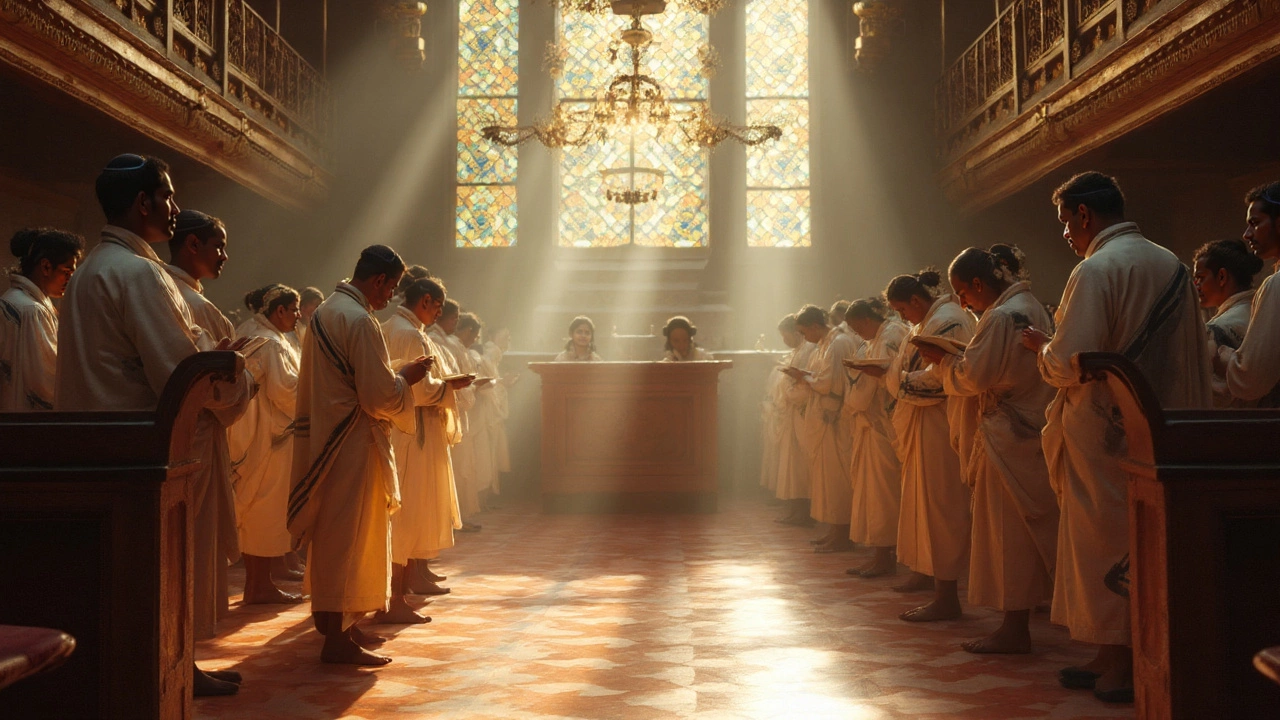
Do Jews Pray on Rugs? What Jewish Prayer Really Uses (and When a Mat Shows Up)
Short answer: Jews don’t use prayer rugs. Jewish prayer is done standing, with tallit, tefillin, and a siddur. Synagogues may have carpets; a mat appears on Yom Kippur in some communities.
View More